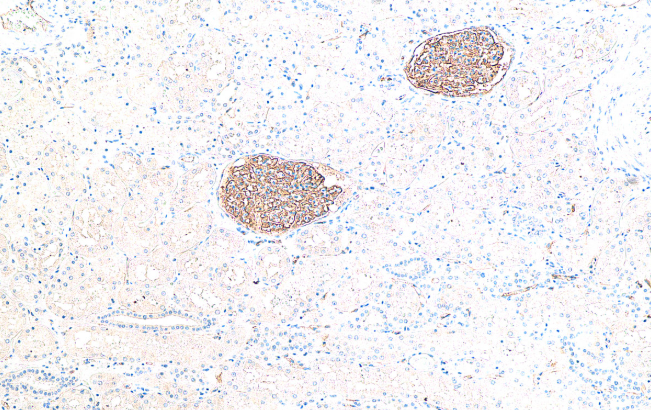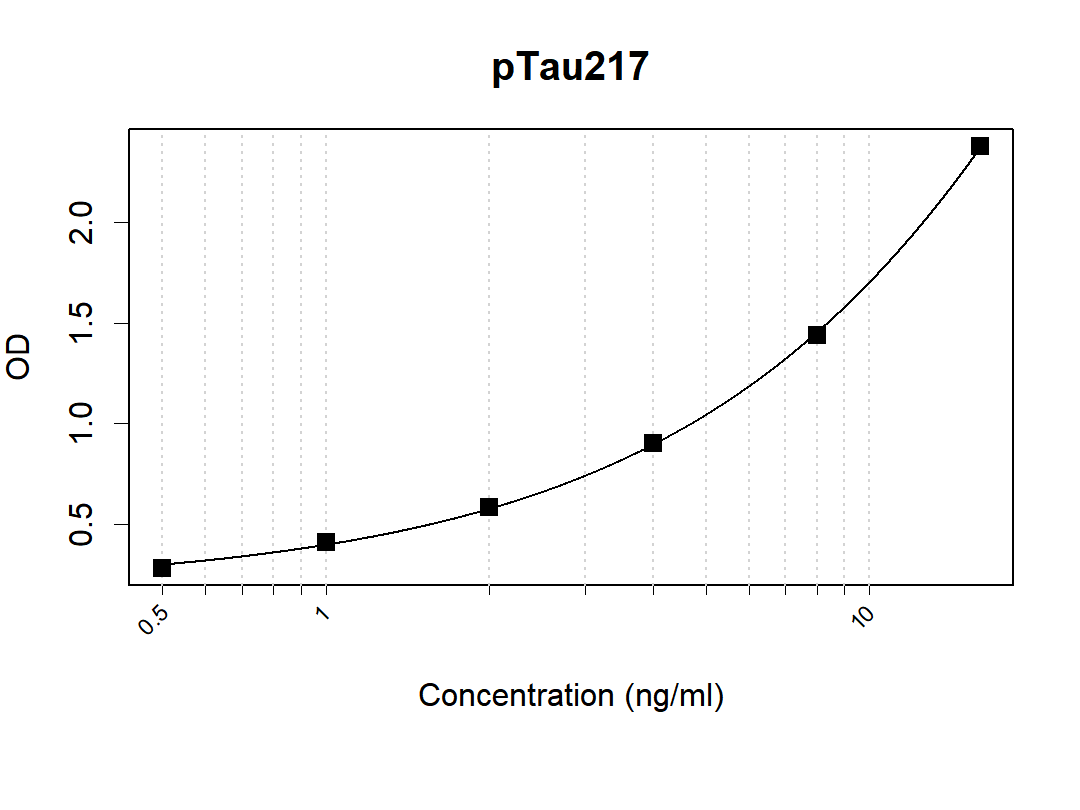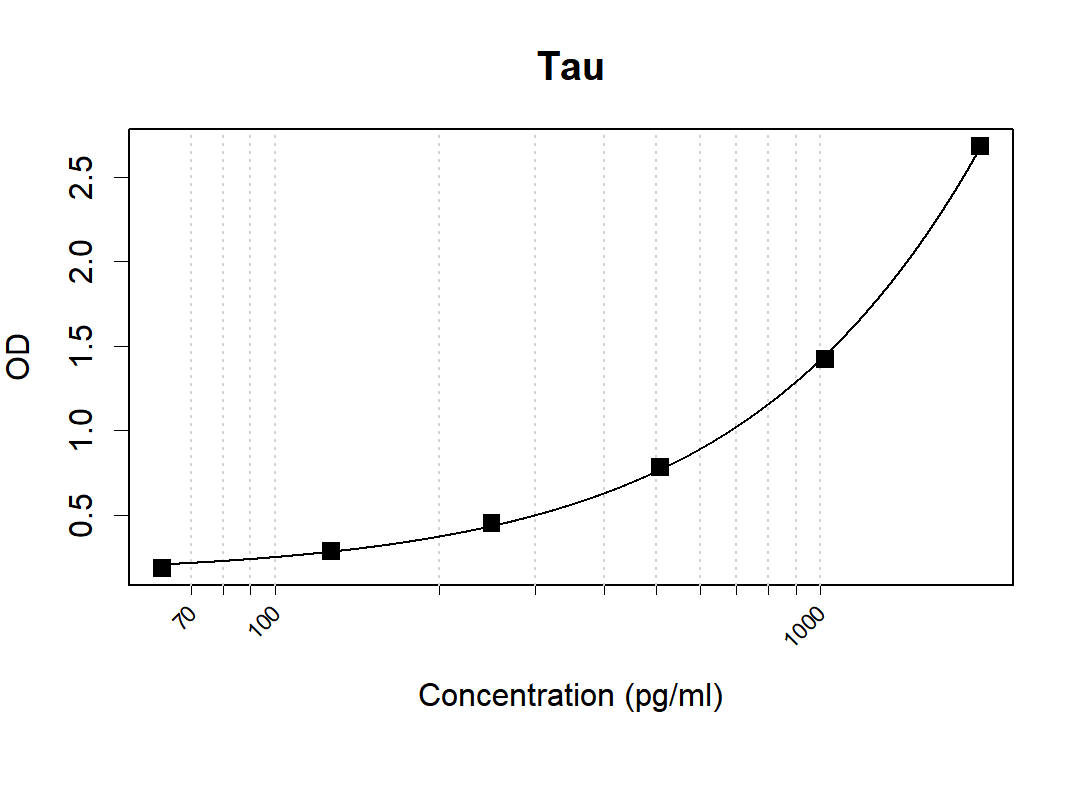TaR-1 Rabbit Polyclonal Antibody
CAT.NO. : ARA6729
RMB Please choose
RMB Please choose
*产品价格可能会有所调整,请以品牌方官网实时更新的价格为准,以确保准确性。
Background
TA1 has been reported in human brain, dorsal root ganglion, olfactory bulb, kidney, liver, lung, pancreas, prostate, skeletal muscle, small intestine, spleen, spinal cord, and stomach. An EST for TA1 has been identified from a human stomach cancer library. G-protein Coupled Receptors (GPCRs) comprise one of the largest families of signaling molecules with more than a thousand members currently predicted to exist. All GPCRs share a structural motif consisting of seven membrane-spanning helices, and exist in both active and inactive forms. An array of activating ligands participate in the conformation of GPCRs which leads to signaling via G-proteins and downstream effectors. Ongoing studies have also shown the vast series of reactions which participate in the negative regulation of GPCRs. This turn-off activity has tremendous implications for the physiological action of the cell, and continues to drive pharmacological research for new drug candidates.
Application
|
Application |
Dilution Ratio |
|
WB |
1:500 - 1:1000 |
Overview
|
Immunogen |
KLH-conjugated synthetic peptide of human TaR-1. The exact sequence is proprietary |
|
Purification |
The antibody was purified by immunogen affinity chromatography |
|
Clonality |
Polyclonal |
|
Form |
Liquid in 0.42% Potassium phosphate, 0.87% Sodium chloride, pH 7.3, 30% glycerol, and 0.01% sodium azide |
|
Gene Symbol |
TAAR1 |
|
Alternative Names |
TA1; TAR1; TRAR1; Trace amine-associated receptor 1; TaR-1; Trace amine receptor 1 |
|
Entrez Gene (Human) |
134864; |
|
Entrez Gene (Mouse) |
111174; |
|
Entrez Gene (Rat) |
113914; |
|
SwissProt (Human) |
Q96RJ0; |
|
SwissProt (Mouse) |
Q923Y8; |
|
SwissProt (Rat) |
Q923Y9; |
Data

Western blot analysis of TaR-1 expression in A549 (A), rat stomach (B) whole cell lysates. (Predicted band size: 39 kD; Observed band size: 39 kD)
Storage
Store at 4°C short term. For long term storage, store at -20°C, avoiding freeze/thaw cycles.
Research Use Only
For Research Use Only. Not for use in diagnostic procedures.
 New Products
New Products




















